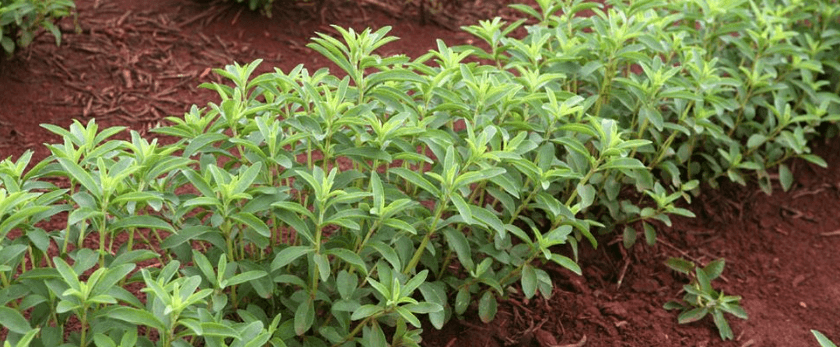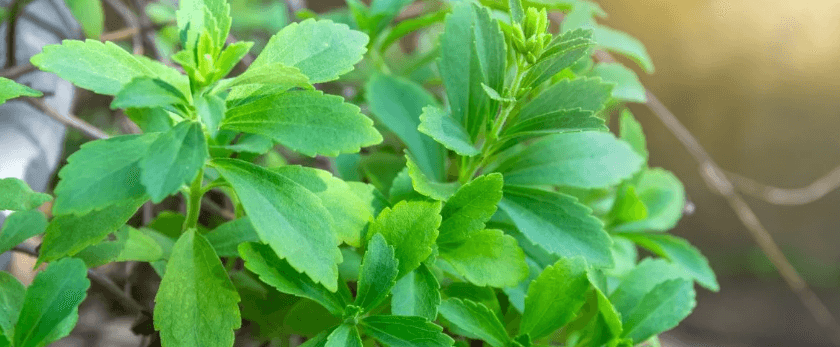Stevia is a natural, calorie-free sweetener that has gained popularity in recent years as a healthier alternative to sugar. Not only is it a great option for those looking to reduce their sugar intake, but it is also incredibly easy to grow at home. In this article, we will discuss how to care for stevia plants, the best time to grow them, and common problems that may arise. By following these tips, you can enjoy a steady supply of fresh stevia leaves for all your sweetening needs.
How to Care for Stevia
Watering
Stevia plants require consistent moisture, but they do not like to be waterlogged. It is important to keep the soil evenly moist, but not soggy. The best way to achieve this is by watering deeply once or twice a week, depending on the weather and soil conditions. Avoid overhead watering, as this can lead to fungal diseases. Instead, water at the base of the plant to keep the leaves dry.
Light
Stevia plants thrive in full sun, but they can also tolerate partial shade. If you are growing stevia indoors, place it near a south-facing window to ensure it receives enough sunlight. Outdoors, make sure to choose a spot that gets at least 6 hours of direct sunlight per day.
Soil
Stevia plants prefer well-draining, loamy soil with a pH between 6.5 and 7.5. If your soil is too acidic, you can add lime to raise the pH. If it is too alkaline, you can add sulfur to lower the pH. It is also a good idea to amend the soil with compost or aged manure before planting to provide the plant with essential nutrients.
Fertilizer
Stevia plants do not require much fertilizer, but a light application of balanced fertilizer in the spring can help promote healthy growth. Avoid using high-nitrogen fertilizers, as this can lead to excessive leaf growth and a decrease in sweetness.
Pruning
Pruning is an essential part of caring for stevia plants. Regular pruning helps to promote bushier growth and prevents the plant from becoming too leggy. It is best to prune in the spring before new growth begins. Simply trim off the top 1/3 of the plant, making sure to leave at least 4-6 pairs of leaves on each stem.

What is the Best Time to Grow Stevia?
Stevia is a warm-weather plant and does not tolerate frost. It is best to plant stevia after the last frost in the spring. If you live in a colder climate, you can start your stevia plants indoors 6-8 weeks before the last frost and transplant them outside once the weather warms up. Stevia plants can also be grown as annuals in colder climates, but they will not survive the winter.
Common Problems with Stevia
Pests
Stevia plants are relatively pest-resistant, but they can still fall victim to common garden pests such as aphids, whiteflies, and spider mites. If you notice any signs of pest infestation, such as yellowing leaves or sticky residue on the leaves, you can use an organic insecticidal soap to control the pests.
Diseases
Stevia plants can also be susceptible to fungal diseases, especially if they are overwatered or grown in humid conditions. To prevent fungal diseases, make sure to water at the base of the plant and avoid overhead watering. If your plant does develop a fungal disease, you can use a fungicide specifically formulated for edible plants.
Bolting
Bolting is when a plant prematurely produces flowers and seeds, usually due to stress. Stevia plants can bolt if they are exposed to extreme temperatures or if they are not getting enough water. To prevent bolting, make sure to provide your stevia plant with consistent moisture and protect it from extreme temperatures.
Conclusion
Growing stevia at home is a rewarding and easy way to add a natural, calorie-free sweetener to your diet. By following these tips on how to care for stevia plants, the best time to grow them, and how to address common problems, you can enjoy a bountiful harvest of fresh stevia leaves. Remember to always use responsible disposal methods for a sustainable future, and enjoy the sweet taste of stevia guilt-free.










